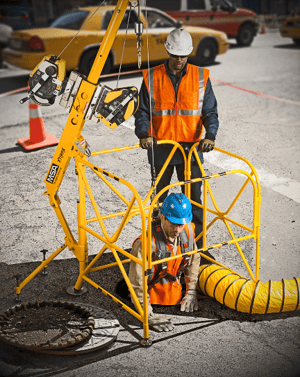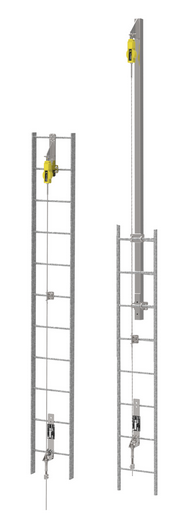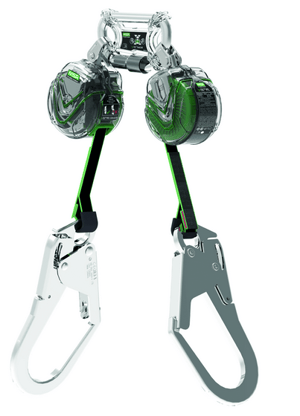May 1, 2023 – The U.S. Department of Labor announced that its Occupational Safety and Health Administration (OSHA) has implemented a National Emphasis Program to prevent falls. This targeted program is based on historical data from both Bureau of Labor Statistics (BLS) and OSHA enforcement activities.
According to the most recent data from BLS, 680 deaths were associated with falls from elevation in 2021. This accounts for nearly 13 percent of the 5,190 fatal workplace injuries that occurred in that year.
 According to the Assistant Secretary for OSHA, Doug Parker, “This national emphasis program aligns all of OSHA's fall protection resources to combat one of the most preventable and significant causes of workplace fatalities...”
According to the Assistant Secretary for OSHA, Doug Parker, “This national emphasis program aligns all of OSHA's fall protection resources to combat one of the most preventable and significant causes of workplace fatalities...”
The scope of this National Emphasis Program (NEP) applies “OSHA-wide” where an OSHA compliance safety and health officer may open an inspection whenever they observe someone working at heights. If a compliance officer determines that an inspection is not necessary after entering a worksite and observing work activities, they will provide outreach on fall protection and leave the site.
Detailed information on this NEP may be found in Directive Number CPL 03-00-025 National Emphasis Program – Falls.
See our article for tips to help create a safer workplace for you and your co-workers.
Links:
https://www.osha.gov/sites/default/files/enforcement/directives/CPL_03-00-025.pdf
https://www.osha.gov/news/newsreleases/national/05012023#
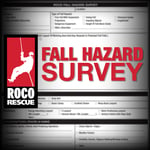 Additional Resources
Additional Resources
- Fall Hazard Survey (pictured here)
- Hierarchy of Fall Protection Poster
- Personal Fall Arrest Systems (PFAS)

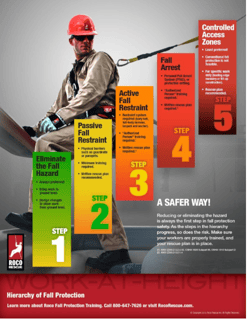
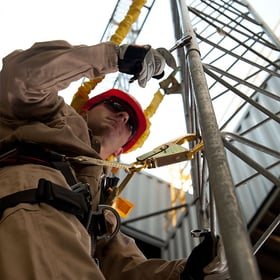 3)
3) 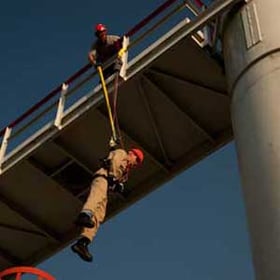 5)
5) 
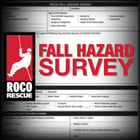
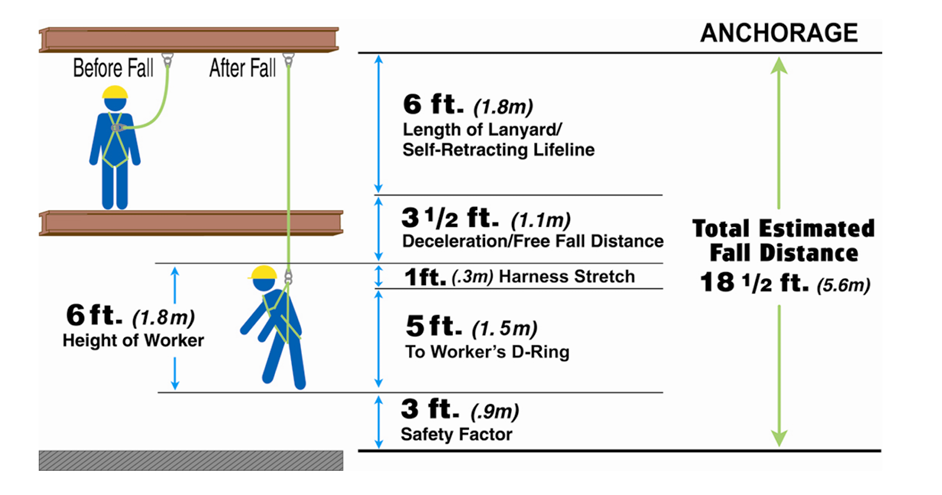
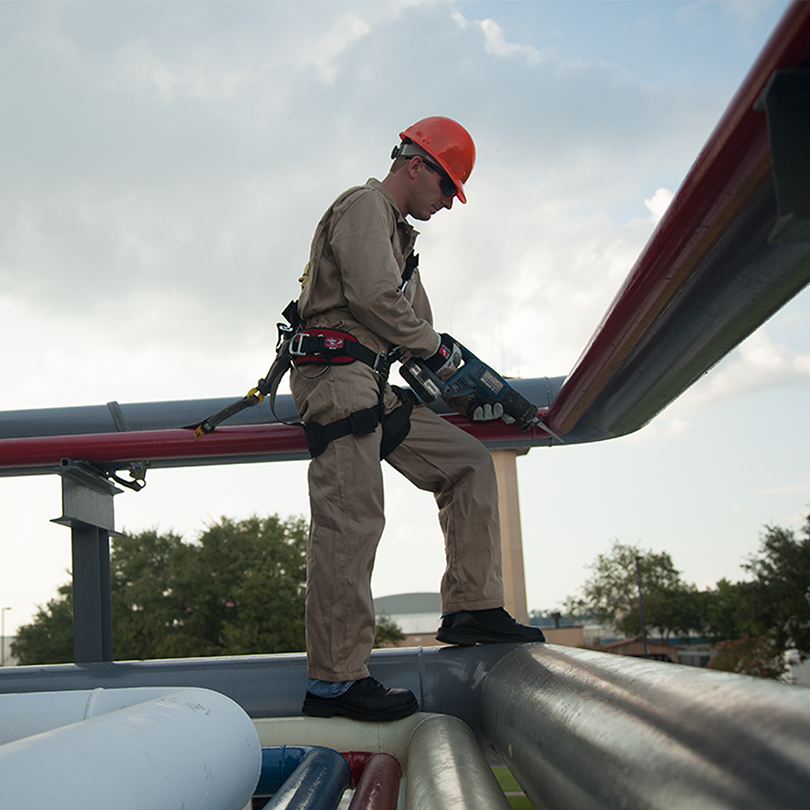
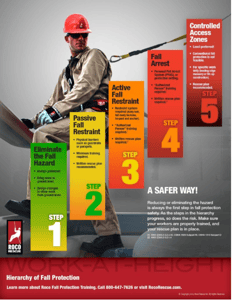
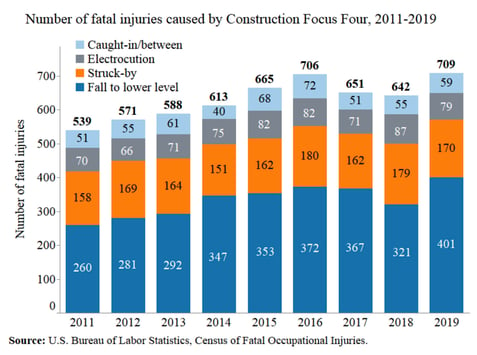
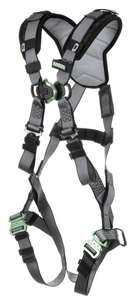 manufacturers to innovate and come up with products that are lightweight, easy to employ, multi-functional, and most importantly, these products are appealing to the authorized person, which ultimately encourages them to use it.
manufacturers to innovate and come up with products that are lightweight, easy to employ, multi-functional, and most importantly, these products are appealing to the authorized person, which ultimately encourages them to use it.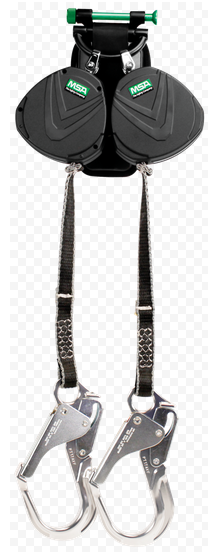
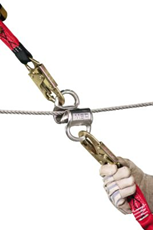 on the same
on the same 



